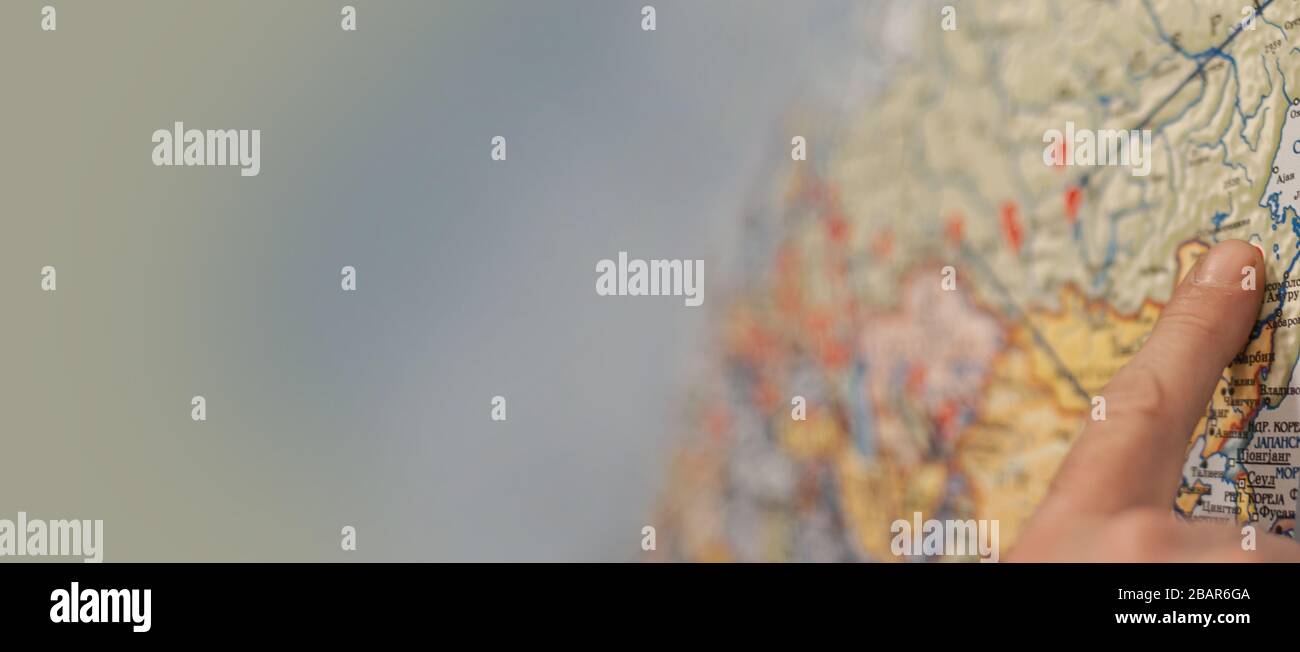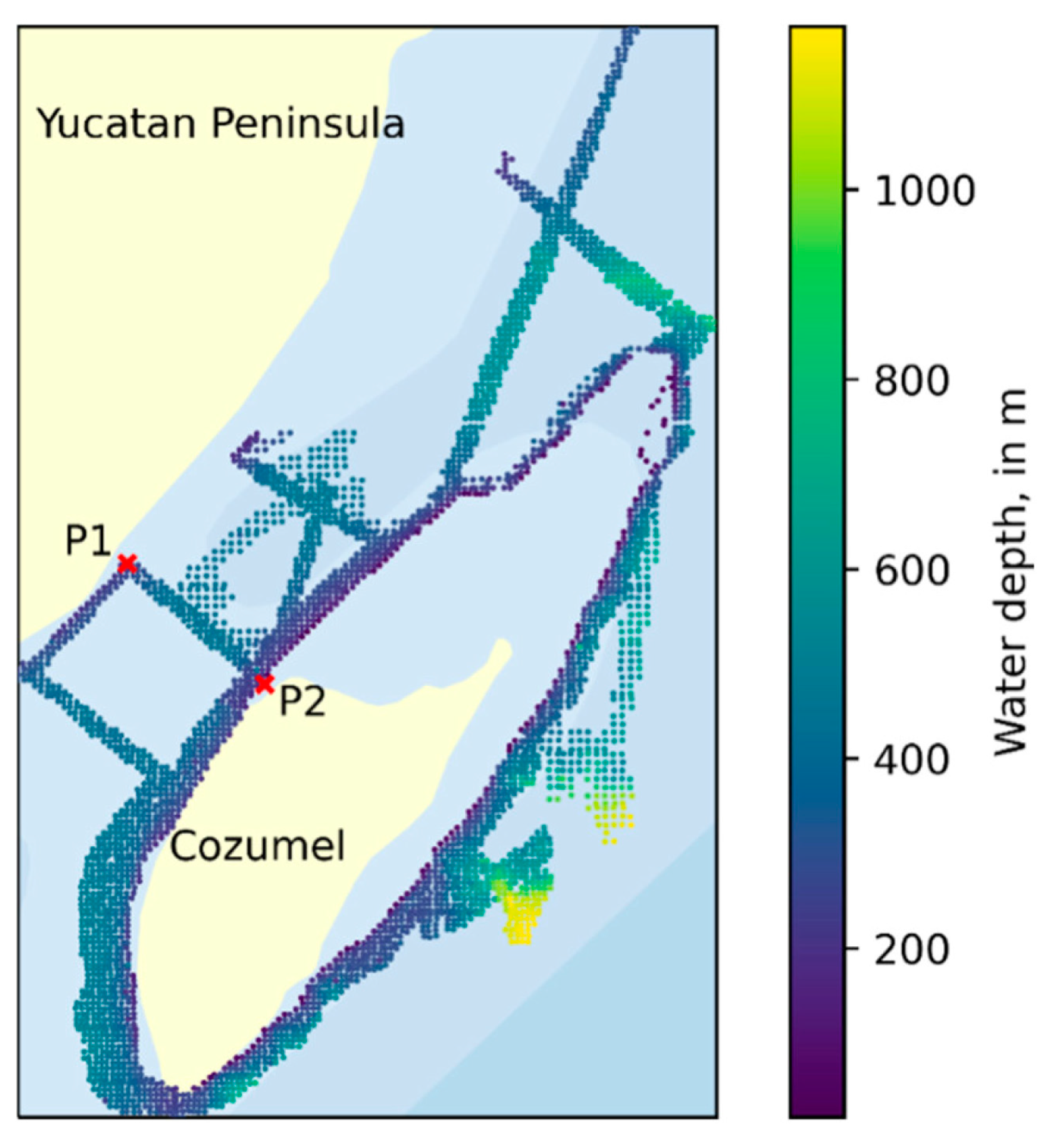
With each angle, all you do is follow an arc starting from the intersection of the C curve and the radial angle line around to the vertical line. Similarly, 90 degrees will also render 8 knots. For example, in the polar plot presented here, if you click on 60 degrees the boat speed will be 8 knots as shown by the wind meter AND also found by following the arc of the polar plot around to the vertical speed line. A polar plot C curve is a graph that is plotted unique to each boat type and the C curve follows the performance of that boat at a specific true wind speed AND assuming that the sails are set at their optimum. Do you sail close to the wind but with lower speed or do you trade out angle with a higher speed? The answer lies directly in a polar plot. One thing that always perplexes new sailors (and some old) is what is the best angle to sail at to get to an upwind destination the fastest. And one more thing – notice that we have also overlaid the optimum position of the sails according to the wind angle for you new sailors.Īlrighty then, let’s work through this logically. Simultaneously, you’ll notice that the wind meter below also represents the true wind angle and shows the boat speed. For example, if you click on 90, the boat will move to the outer right of the C curve and lie on the 90 degree line. Note that the boat will lie on the backwards facing strange looking “C” curve anytime you click on a wind angle. Go ahead and click around randomly a little to start with. When you click on any of the numbers in the green stripe, the sailboat moves to that angle of attack to the true wind. That gives you the most reliable indicator of boat speeds for determining tacking angles and arrival times. That is actual data, not generic polars for all boats of a particular model, estimates or marketing materials.

Fortunately, in the age of GPS, an app like the SailTimer app can easily record your boat’s speed in various wind conditions and generate a custom polar plot for your individual boat. A few manufacturers also provided these (although naturally the manufacturers may be overly optimistic about their boat’s performance in marketing materials). In the old days, if you were a sponsored racing team, you could spend a lot of money on a computer simulation to get a polar plot of your boat’s estimated speeds, if you provided the boat model, hull shape, displacement, length and so on. Yay – go NauticEd interactive animations!Ī polar plot is simply a graph of the boat’s speed in all different wind directions.

If you’re new to sailing – don’t worry – this explanation will teach you a lot about sailing and you’ll come out knowing more on this topic than most sailors – mostly because of poor existing textual explanations of polar plots. Here below we have created an interactive animation to help understand this concept with a dual benefit of learning how a polar plot for a sailboat works. Simply by entering your waypoint and the wind speed and direction, it will overlay your optimal tacks on the chart and tell you your Tacking Time to Destination.
#Expedition navigation software crack free#
For example, the SailTimer Charts Edition app is free in the US. We’ll go through the original method below for your understanding, but there are simpler, faster, low-cost methods available now. It is important to point out that these methods were the only choice in the days before PCs, mobile devices and GPS. Since Manufacturers don’t distinguish – in this post we have attempted to point out each time if VMC or VMG is being used. The trick is to just know the difference and know what information you are looking at.

Some manufacturers don’t bother with us sailors and some manufacturers do but don’t use VMC. Speed in the upwind of downwind direction. Thus some manufacturers make the distinction between power and sail by using the defined terms VMC and VMG. And as you’ll know soon a sailboat can reach a downwind destination faster if it bears off a little rather than heading dead downwind. The distinction is made because sailboats inherently can not head in an upwind direction but it is important information to know. In a sailboat – VMG is the velocity component of the boat in an upwind (or downwind) direction. But with no wind or current, your VMG is equal to your vessel speed. It can differ from your actual velocity because of wind in the case of an airplane or current in a powerboat. For airplanes and powerboat VMG is your velocity in the direction of your destination. This discussion comes mostly out of our Electronic Navigation Course which is available also as an iPad Electronic Navigation Course App.įor sailboats, VMG is slightly different than what you’d expect if you were navigating an airplane or power boat.


 0 kommentar(er)
0 kommentar(er)
